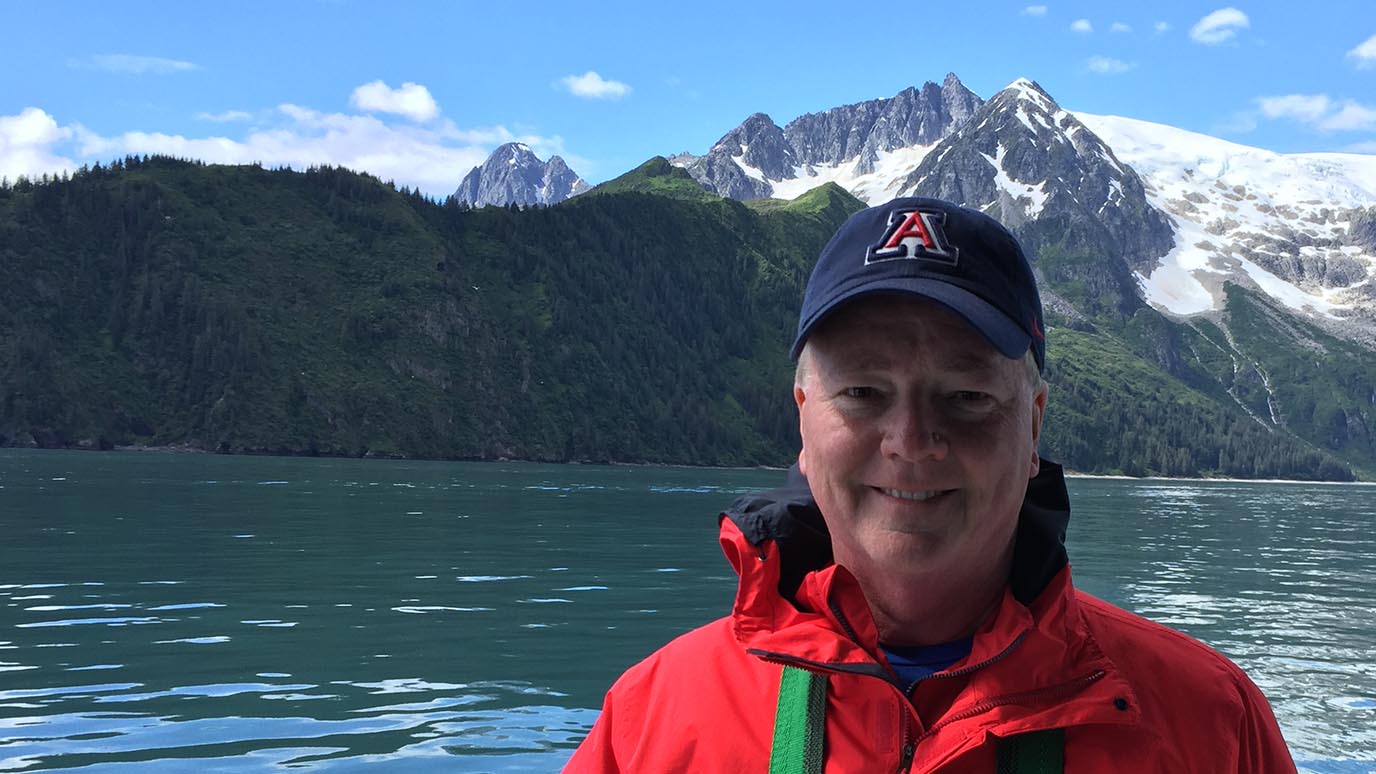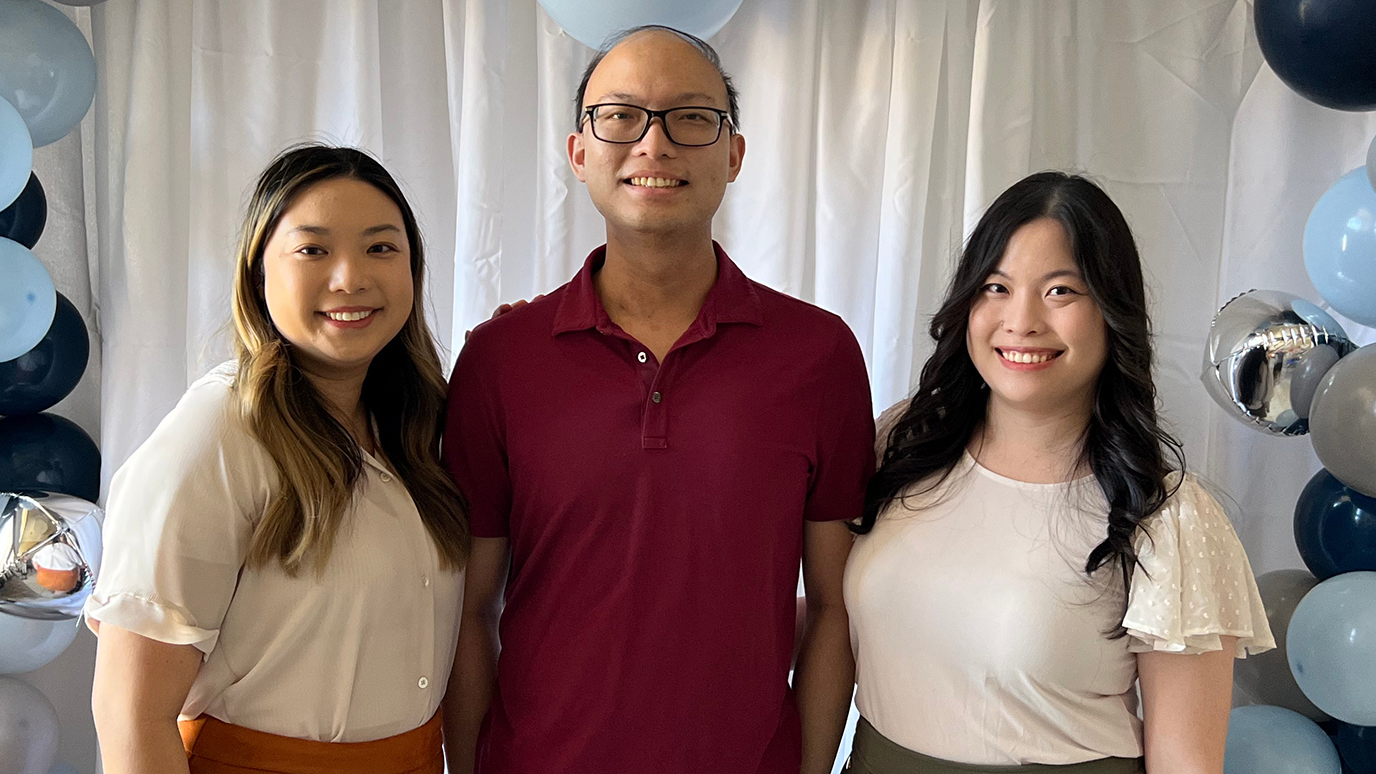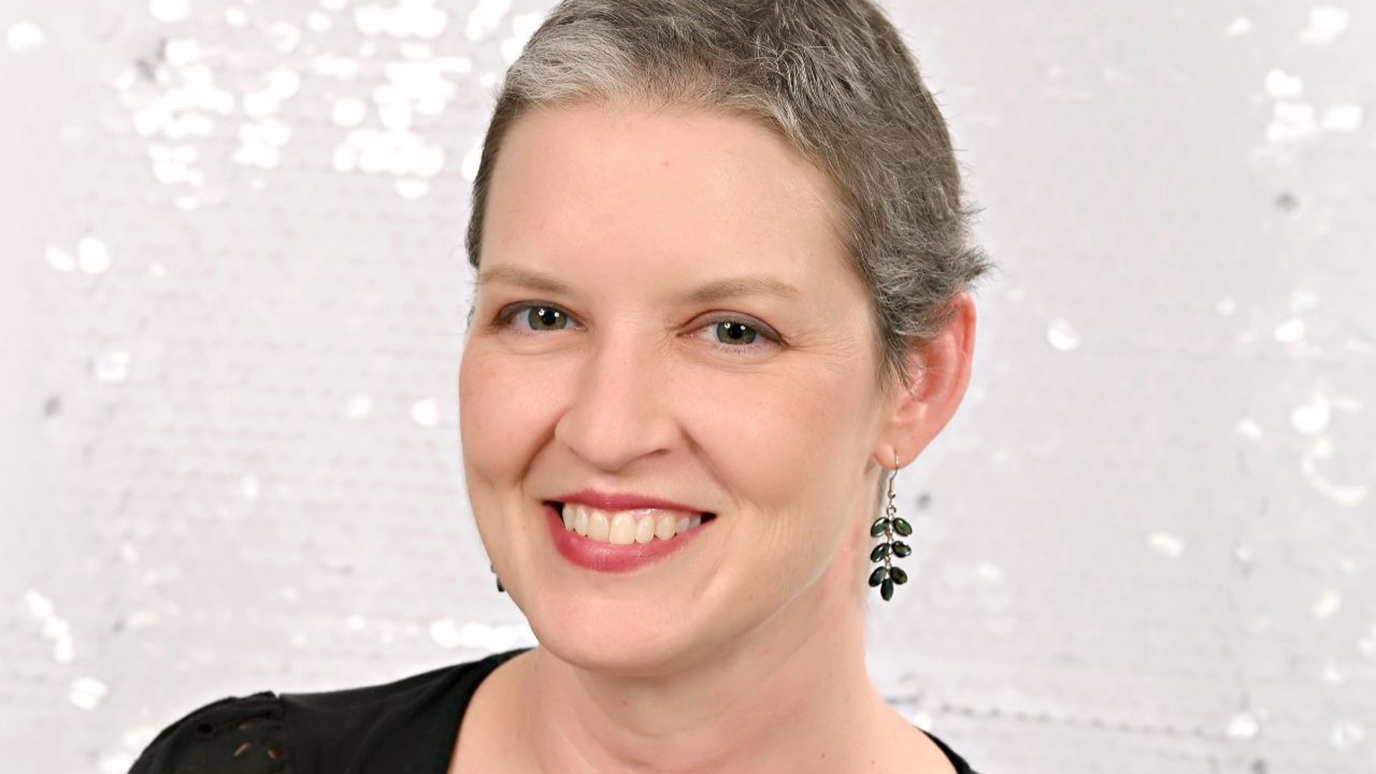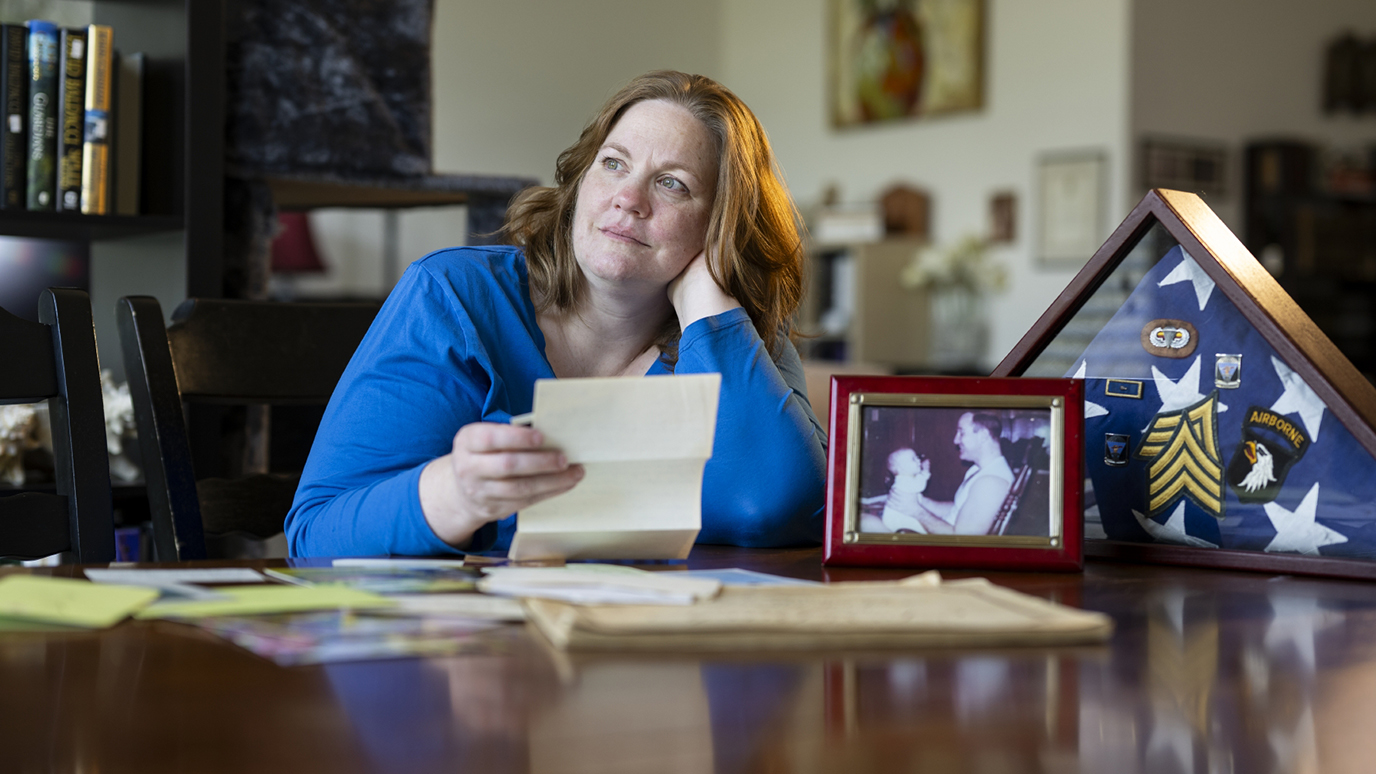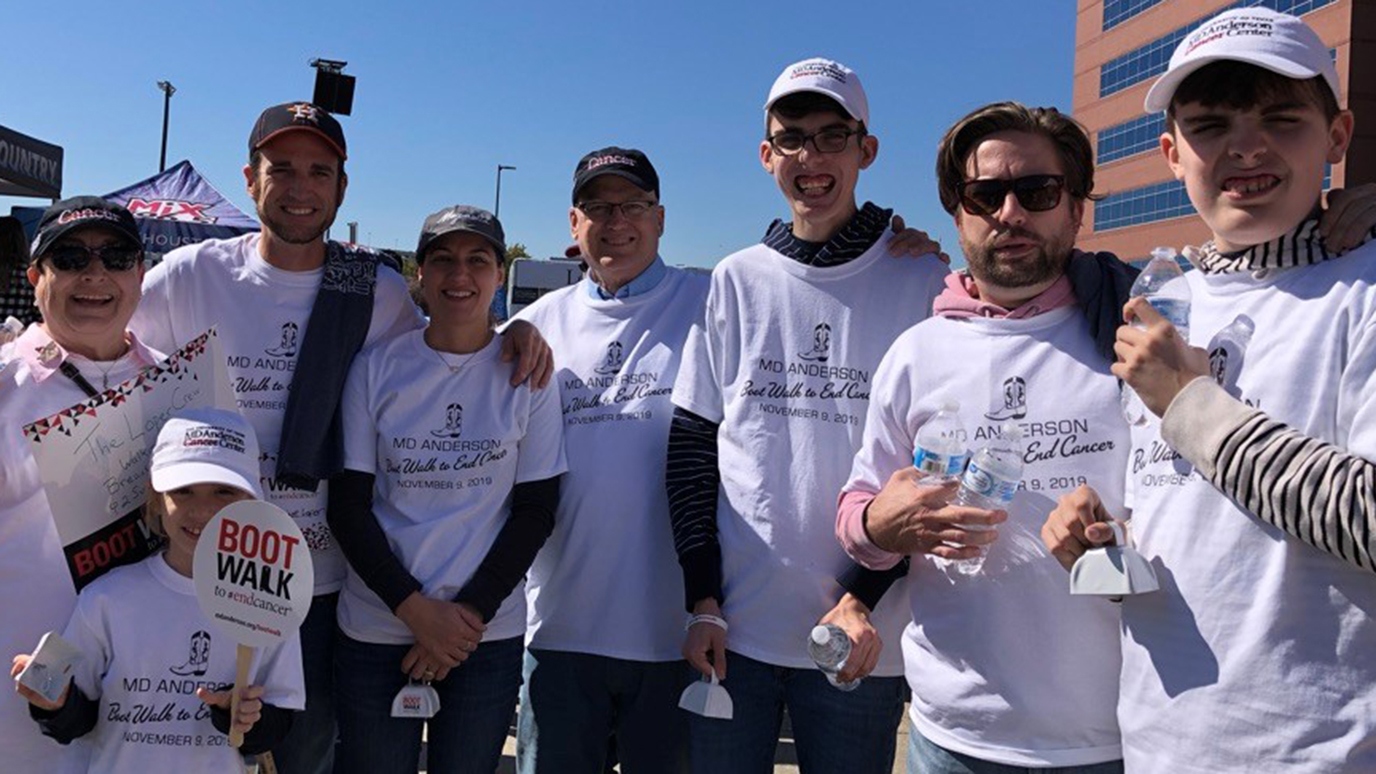- Diseases
- Acoustic Neuroma (14)
- Adrenal Gland Tumor (24)
- Anal Cancer (66)
- Anemia (2)
- Appendix Cancer (16)
- Bile Duct Cancer (28)
- Bladder Cancer (68)
- Brain Metastases (28)
- Brain Tumor (228)
- Breast Cancer (716)
- Breast Implant-Associated Anaplastic Large Cell Lymphoma (2)
- Cancer of Unknown Primary (4)
- Carcinoid Tumor (8)
- Cervical Cancer (154)
- Colon Cancer (164)
- Colorectal Cancer (110)
- Endocrine Tumor (4)
- Esophageal Cancer (42)
- Eye Cancer (36)
- Fallopian Tube Cancer (6)
- Germ Cell Tumor (4)
- Gestational Trophoblastic Disease (2)
- Head and Neck Cancer (6)
- Kidney Cancer (124)
- Leukemia (344)
- Liver Cancer (50)
- Lung Cancer (288)
- Lymphoma (284)
- Mesothelioma (14)
- Metastasis (30)
- Multiple Myeloma (98)
- Myelodysplastic Syndrome (60)
- Myeloproliferative Neoplasm (4)
- Neuroendocrine Tumors (16)
- Oral Cancer (100)
- Ovarian Cancer (170)
- Pancreatic Cancer (166)
- Parathyroid Disease (2)
- Penile Cancer (14)
- Pituitary Tumor (6)
- Prostate Cancer (144)
- Rectal Cancer (58)
- Renal Medullary Carcinoma (6)
- Salivary Gland Cancer (14)
- Sarcoma (236)
- Skin Cancer (294)
- Skull Base Tumors (56)
- Spinal Tumor (12)
- Stomach Cancer (60)
- Testicular Cancer (28)
- Throat Cancer (90)
- Thymoma (6)
- Thyroid Cancer (98)
- Tonsil Cancer (30)
- Uterine Cancer (78)
- Vaginal Cancer (14)
- Vulvar Cancer (18)
- Cancer Topic
- Adolescent and Young Adult Cancer Issues (20)
- Advance Care Planning (10)
- Biostatistics (2)
- Blood Donation (18)
- Bone Health (8)
- COVID-19 (362)
- Cancer Recurrence (120)
- Childhood Cancer Issues (120)
- Clinical Trials (622)
- Complementary Integrative Medicine (24)
- Cytogenetics (2)
- DNA Methylation (4)
- Diagnosis (226)
- Epigenetics (6)
- Fertility (62)
- Follow-up Guidelines (2)
- Health Disparities (14)
- Hereditary Cancer Syndromes (122)
- Immunology (18)
- Li-Fraumeni Syndrome (8)
- Mental Health (118)
- Molecular Diagnostics (8)
- Pain Management (64)
- Palliative Care (8)
- Pathology (10)
- Physical Therapy (18)
- Pregnancy (18)
- Prevention (888)
- Research (388)
- Second Opinion (74)
- Sexuality (16)
- Side Effects (602)
- Sleep Disorders (10)
- Stem Cell Transplantation Cellular Therapy (216)
- Support (404)
- Survivorship (322)
- Symptoms (186)
- Treatment (1770)
33-year leukemia survivor: Why I’ll keep going to MD Anderson for my care
4 minute read | Published June 16, 2022
Medically Reviewed | Last reviewed by an MD Anderson Cancer Center medical professional on June 16, 2022
When I was first diagnosed with Philadelphia-positive chronic myeloid leukemia in 1989, there weren’t that many treatment options available. The 5-year survival rate was only about 20%, too, which meant that just one out of every five people diagnosed with the disease would still be alive five years later.
Remarkably, I am still here, 33 years after my own diagnosis. And my leukemia remains in complete remission. For that, I credit God, MD Anderson and two targeted therapy drugs that were approved by the Food and Drug Administration (FDA) to treat my exact type of disease in the early 2000s.
My chronic myeloid leukemia diagnosis
My leukemia diagnosis actually came about in an unusual way. Back in 1988, I was taking some courses at the University of Texas at Arlington. One day, I noticed a blood drive on campus. I was thrilled by the convenient opportunity to donate. I’d been a regular donor back home in Louisiana, but hadn’t had a chance to do it in years.
Five months later, the doctor at the blood center called me. He said my donation had somehow gotten shoved to the back of a refrigerator shelf and not used. Upon discovering it, his staff noticed that its contents had settled out in an unusual way. He urged me to contact my own doctor and request a complete blood count. I did so.
A few hours after my blood was drawn, my doctor called. I had chronic myeloid leukemia.
My chronic myeloid leukemia symptoms
I was totally shocked. First of all, because I’d given blood back in November and it wasn’t until the following April that the blood center doctor called me. But also, while breast cancer kind of runs in my family on my father’s side, leukemia certainly doesn’t.
Looking back now, I can recognize that I actually had a few leukemia symptoms: night sweats and some shortness of breath. Since I was only 39 at the time, I just assumed I was a little out of shape. It didn’t even occur to me that I might have a medical problem.
But my doctor had already consulted a hematologist, who confirmed my diagnosis. He’d also arranged for me to be admitted to a local hospital, and reached out to MD Anderson leukemia specialist Dr. Hagop Kantarjian for guidance on my treatment.
My doctor explained that he’d attended a conference recently where Dr. Kantarjian had given a presentation. He had been so impressed by both Dr. Kantarjian’s knowledge and his high regard for his patients that he wanted his input now.
From remote guidance to direct care
I didn’t mind letting Dr. Kantarjian drive the bus. But after a few years of following up with my local hematologist, I thought, “Wait a minute. This doctor in Houston is still calling all the shots, and he doesn’t even know me.” So, I made an appointment to meet with him.
Originally, my plan was just to see Dr. Kantarjian for a consultation. But I ended up really liking him and decided to stay. I’ve been a patient at MD Anderson ever since — more than 30 years. And I plan to keep going there until I’m too old to travel. Then, I’ll have to start going to the UT Health San Antonio MD Anderson Cancer Center near my home.
My chronic myeloid leukemia treatment
Over the years, my leukemia treatment has really evolved. When I was first diagnosed in 1989, it consisted of interferon and a chemotherapy drug called cytarabine, because I was not a good candidate for a stem cell transplant.
Later, Dr. Kantarjian put me on a targeted therapy drug called STI-571. It was still being tested in clinical trials at the time, but today, it’s known as imatinib, and has been FDA-approved to treat my type of leukemia since 2001.
In 2018, Dr. Kantarjian switched me over to another targeted therapy drug called dasatinib, which the FDA approved in 2006. I’ve been on it ever since, and when God calls me home, it will be because of old age, not leukemia.
My life today, 33 years post-diagnosis
Today, all I do is take one pill a day, and return to MD Anderson every year for a check-up. I have a little diarrhea and constipation sometimes, but it’s hard to say if that’s due to the medication or not. Besides, even if it is, for all practical purposes, I’ve been in remission for at least 15 years. So, that’s a pretty small price to pay.
That’s why I tell anyone who gets diagnosed with cancer to make sure they’re going to a specialized treatment center like MD Anderson. They are always going to have the most up-to-date treatment options. The treatment I’ve gotten from MD Anderson over the past 33 years has saved my life repeatedly. And I am very grateful.
Request an appointment at MD Anderson online or by calling 1-888-996-0268.
Related Cancerwise Stories

They are always going to have the most up-to-date treatment.
Sister Shirley Vaughn
Survivor

